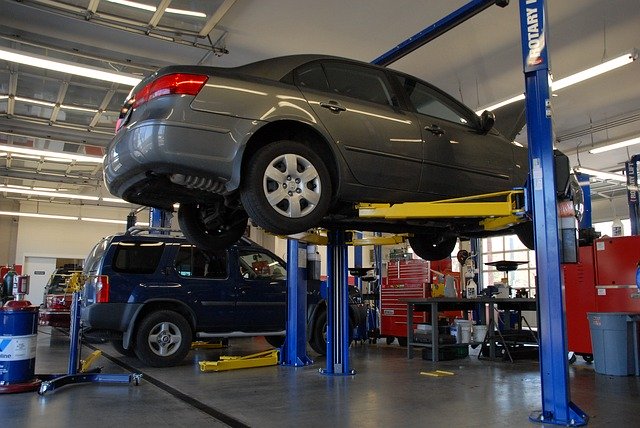What is a Smart Office?What is a Smart Office?
In an era where technology is effortlessly woven into all aspects of our lives, the notion of the “smart Office” has emerged as a game-changing movement in the professional world.
utilizes cutting-edge technology to boost effectiveness, teamwork, and performance while developing a flexible, data-driven, and responsive workspace. This piece explores the crucial elements of a smart office, its advantages, and how it can transform the modern workplace.
The Transformation of the Workplace
The conventional workplace has gone through considerable changes over the last several years. The rise of technological solutions, the Online world, and, more recently, the embrace of remote and blended work models have questioned traditional office layouts. Obsolete are the eras of inflexible schedules, stationary workstations, and hands-on processes. Today’s offices are configured to be more flexible, accommodating a blend of physical and virtual work, and using cutting-edge technologies to optimize operations and promote collaboration.
Describing a Smart Office
A smart office is a workspace equipped with contemporary technology that links various gadgets, infrastructures, and software to optimize office operations and elevate employee experiences. This includes integrating Internet of Things (IoT) hardware, sensor equipment, artificial intelligence (AI), and data analytics to establish a adaptive and smart environment.
Key components of a smart office include:
Iot Devices and Sensors
These are installed throughout the office to collect real-time data on occupancy, ambient factors, and resource consumption. For illustration, sensors can track room capacity, desk use, and even air purity, offering valuable data for space administration and environmental managements.
Intelligent Mechanisms
Automation plays a essential role in a smart office. From automated lighting and climate managements to cutting-edge booking solutions for desks and meeting rooms, these arrangements help establish a more productive and agreeable workspace.
Data Analytics
By examining data collected from various sensors and systems, companies can make informed decisions about space utilization, Energy expenditure, and overall office administration. This results in better resource distribution and cost reductions.
Connected Collaboration Systems
Smart offices feature sophisticated communication tools and solutions that facilitate seamless collaboration among employees, whether they are in the office or telecommuting. Video conferencing, instant messaging, and team platforms are integral parts of this setup.
Benefits of a Smart Office
- Boosted Efficiency and Productivity Smart offices computerize routine tasks, minimizing the time employees allocate to clerical activities. Computerized booking systems, for instance, simplify the process of booking meeting rooms and desks, reducing conflicts and ensuring optimal use of office space.
- Enhanced Employee Experience A smart office fulfills the diverse needs of a current workforce. With flexible workspace configurations, employees can pick environments that match their tasks, whether it’s a peaceful area for focused work or collaborative spaces for team activities. Enhanced environmental regulations also contribute to a agreeable and healthy workplace.
- Data-Driven Decision Making The real-time data collected by smart office systems empowers organizations to make knowledgeable decisions about space usage, energy managements, and operational productivity. This analytics-powered approach leads to more productive resource allocation and can significantly lower operational costs.
- Eco-Friendliness Smart offices promote sustainability goals by optimizing energy expenditure and reducing waste. Computerized systems ensure that lights and HVAC systems are used only when required, and data analysis help recognize areas where energy conservation can be realized.
- Improved Collaboration With unified communication tools and versatiles workspace setups, smart offices encourage better collaboration among employees. Teams can effortlessly connect, share information, and work together notwithstanding their physical location.
Final Thoughts
A smart office is beyond just a trend; it symbolizes the next phase of work. By leveraging state-of-the-art technologies, companies can create a dynamic, efficient, and engaging workplace that fulfills the progressing needs of their employees. As companies carry on adapting to the mixed work model and the requirements of a technological world, the smart office will play a vital role in propelling efficiency, environmental responsibility, and employee fulfillment. Implementing this change today will position organizations for accomplishment in the years to come.


